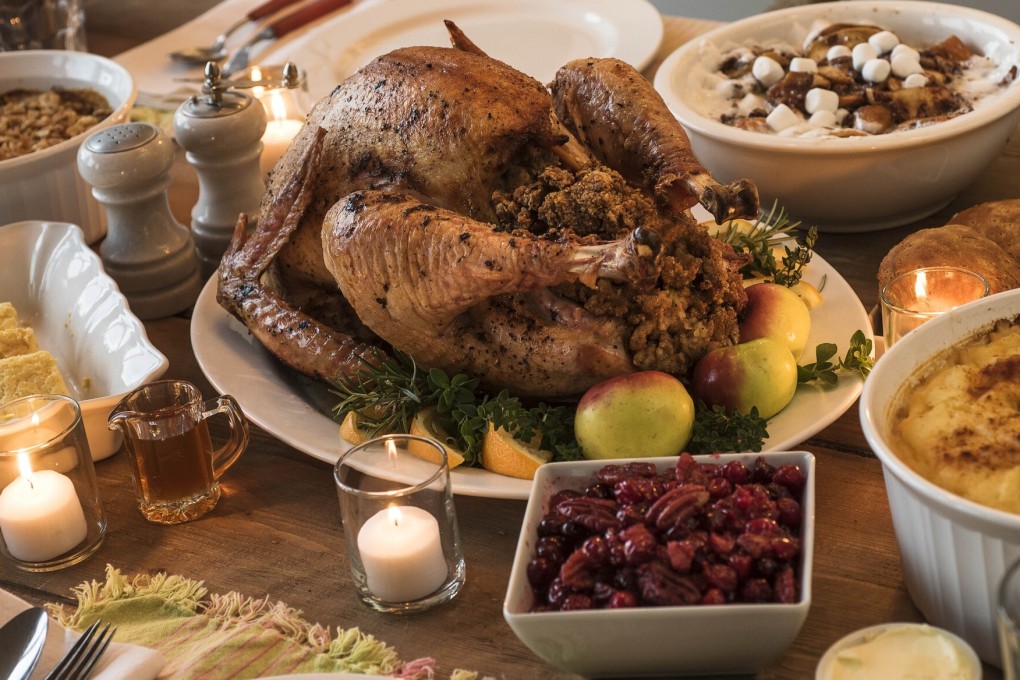Explainer | Thanksgiving 2020 vs Mid-Autumn Festival: which is best – turkey, mashed potato and pumpkin pie, or hairy crabs, snails and mooncake?
- Both holidays are harvest festivals that revolve around the importance of food and family, but with very different dishes and condiments on the table
- From green beans and cranberry sauce to rice cake and fried lotus root, we consider the best of both worlds

Thanksgiving this year provides an opportunity for the typical American family to take a moment and find gratitude amid a truly challenging time in history.
It is a quintessentially American holiday (along with its Canadian counterpart, celebrated in October), and Americans living abroad or people who have spent a significant time in the US are typically the only people who celebrate it outside the country.
Yet Thanksgiving is also part and parcel of a long tradition of autumnal harvest festivals around the world.
In China, that holiday is known as Mid-Autumn Festival, or the Moon Festival. The Mid-Autumn Festival is celebrated by many east and southeast Asian people, and is the second most important holiday in China, after Lunar New Year.

The holiday dates back thousands of years, to when China‘s emperors worshipped the moon for bountiful harvests. It is held on the 15th day of the eighth month of the Chinese lunisolar calendar, meaning it can fall anywhere between mid-September and early October.
It is timed so that there will be a full moon at night as, on this day, the Chinese believe that the moon is at its brightest and fullest. The public celebrates it by displaying lanterns of all sizes and shapes and eating a traditional family meal together, featuring mooncakes.
